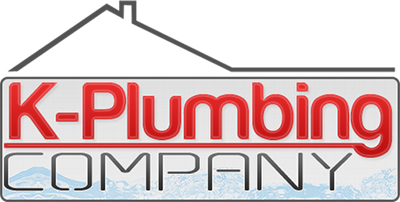Can plumbing and electrical be in the same wall? Is it safe for these two to be in the same wall cavity?
Many people are unsure as to whether it is safe to keep plumbing systems and electrical systems in the same wall. These fears are very reasonable, of course, due to the fact that fires caused by water leaks can be some of the most prevalent among all house fires. However, should you be concerned about having both of these types of systems in the same wall? How close can electrical and plumbing systems be to one another, if they are to be safe?
Why Is There Any Danger?
Having water and electrical systems in the same wall can pose a great deal of risk to the residents or users of a property, in the unlikely event that a water leak should get into the electrical system. When water and electric come into contact with one another, they can cause dangerous electrical fires to break out. It is for this reason that having plug sockets in a bathroom is so actively discouraged.
However, what about having the two systems in the same wall in a building? When plumbing and electrical systems are running parallel to each other in a wall, is there still a risk, or is this safe to do?
How Plumbing Is Done?
When plumbing is installed in your home or commercial property, your plumber will need to install a variety of different pipes and piping systems in your property’s walls. If your property’s walls already have electrical systems in place, these water pipes and plumbing pipes could potentially end up running alongside the electrics.
Should Electrical & Plumbing Systems Be In The Same Wall?
Arguably there is a lot of debate about whether or not electrical and plumbing systems should be in the same wall, but the short answer should be that no, they should not. However, in the real world, the answer may not be quite this simple and will actually depend on a number of different factors; these factors might include the size of the wall, or the opportunity for other positioning.
If the wall in question is a particularly long one then having electrical and plumbing systems inside it together, but at different ends of the wall, should not be overly problematic. Indeed, while there is a very small chance of a risk in this scenario, the chance is negligible; simply put, having a great deal of distance between the two piping systems should give the property owner ample time to detect a water leak before it can reach to the other end of the wall, where it could cause damage.
However, this is not necessarily the case for walls which are shorter in length. Indeed, if the two different systems are to be put together, there could be a large amount of risk placed on people using the property; it only takes a very small amount of water to get into the property’s electrical systems for an electrical fire to break out, so if the distance between the two pipes is negligible then the water may come into contact with the electrical systems before the property user has a chance to detect a water leak when it starts (or otherwise get it fixed by a professional plumber); this, in turn, will increase the chances of potentially devastating house fires breaking out.
The quality of the pipe work also needs to be briefly considered here, too. Poor quality pipes—especially those that are old or are placed under a great deal of strain—could be more to leaking; if lesser quality pipes are to be installed in, or are already running in, then wall then having an addition electrical system should be actively discouraged. Similarly, if existing electrical cables are old or even frayed, plumbing should never be put next to these wires (although these should be fixed or replaced at the first possible opportunity, anyway).
In Summary
The question of, “can plumbing and electrical systems be run in the same wall” is really one which needs to be answered on a case by case basis. Indeed, in some situations, this will be unlikely to cause much trouble—notably when there is a large expanse of wall space between the two systems. However, if the systems are intended to be run directly next to each other, this should always be avoided at all costs if at all possible; the potential consequences of such a layout could be catastrophic.


